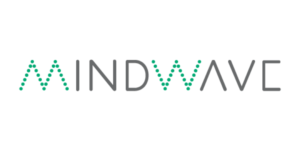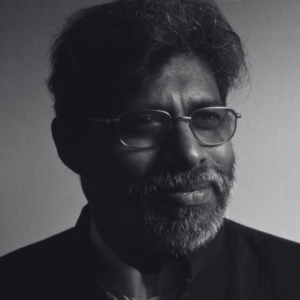Case study: Mindwave Ventures
State of Open: The UK in 2021
Phase Three: “The Value of Open”

 Kumar Jacob, Founder & Executive Director
Kumar Jacob, Founder & Executive Director
Synopsis
Minewave Ventures aim is to improve the user experience in digital healthcare, and their PHR, Maia, collates a patient’s health information into an easily manageable portal. It’s open source nature makes it cost effective for new NHS organisations to use. For Mindwave Ventures, using open source is a no-brainer, it facilitates collaboration, which in turn promotes ongoing development in the digital healthcare space. Additionally is maximises efficiency, instead of creating things as a single entity, they can build in a modular way, making it easier to reuse, ultimately cutting costs.
9.3 Mindwave Ventures
Making the case for open source in digital healthcare
In conversation with Kumar Jacob, Founder and Executive Director, Mindwave Ventures
About Mindwave Ventures
Mindwave Ventures was established to improve the user experience in digital healthcare. It’s one of the leading, NHS approved, Personal Health Record (PHR)/Patient Portal developers in the UK, working with more than eight Trusts. Mind-wave’s PHR, Maia, collates a patient’s health information into an easily manageable portal.
Open source software in Mindwave: PHRs
Maia is built as a modular platform, meaning its modules can be easily shared or swapped. It forms a repeatable foundation for each additional implementation. It is available as open source software, thus making it cost effective for new NHS organisations. Using open source software, PHR’s are developed for NHS organisations, taking into account their localised requirements, clinical services and desired user experience.
Software developers at Mindwave rely on open source software. For example, for their front end development they are increasingly using Reactjs and all of their databases are on Postgres. Kumar notes that using open source software enables developers at Mindwave to “learn and improve as [we] go along”. Part of the beauty of creating Maia using open source software is that code can continue to be developed iteratively.
Open source: maximising efficiency
When a new variation of PHR is created for an NHS organisation, modifications that may suit a previously established one can be incorporated at very little additional cost. Using open source software allows for the creation of customised solutions for each trust building on the work done for others. Instead of creating things as a single entity, using open source to build in a modular way makes it easy to reuse – therefore increasing efficiency. Kumar sees using open source as a no-brainer: “as soon as you’re reusing 60-80%, it’s obvious that open source should be your favoured option”.
Going forward: why open source makes sense for the future of digital healthcare Kumar thinks that it’s important to use open source to facilitate collaboration. This, in turn, promotes ongoing development in the digital healthcare space. “Otherwise,” Kumar stresses, “we are going to end up with a cluster of applications all doing the same thing.
What’s the point of having ten different favours of PHRs that are incomtible when an eco-system can be developed?” It was possible to make Maia into a product as its previous iterations were developed as open source. Kumar explains that “underneath, all the same base code was used and set up as open source. We can take the best of everything and refresh and modernise it and make it available newer clients”. In a fast moving, increasingly digital world, using open source in order to customise offerings, will help drive innovative, scalable and affordable digital transformation in healthcare.
